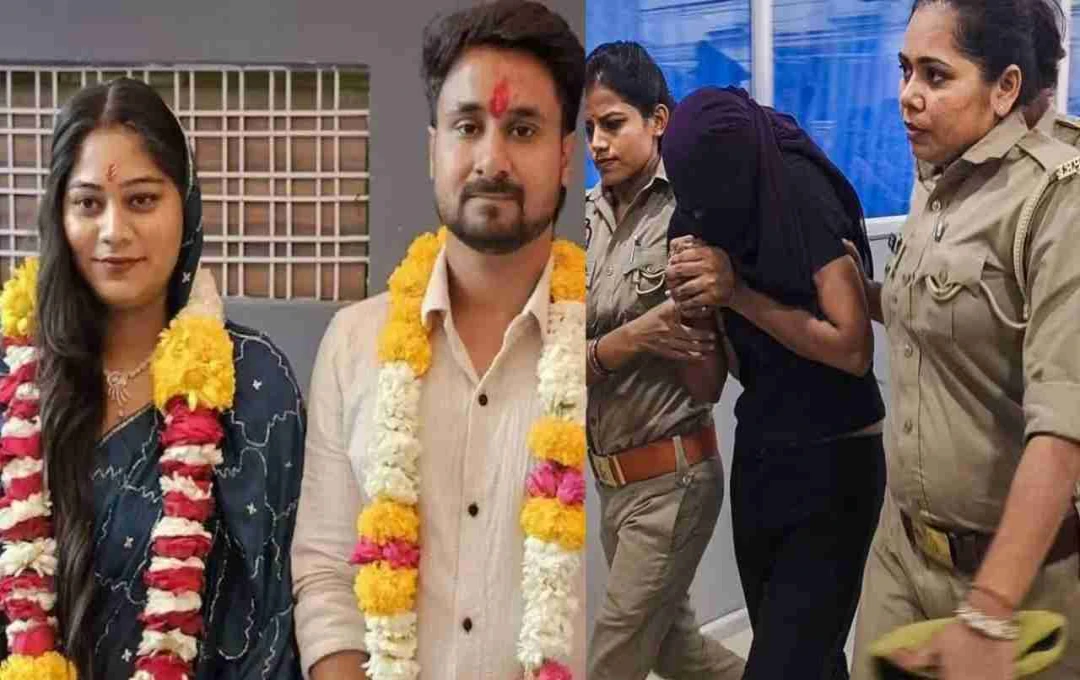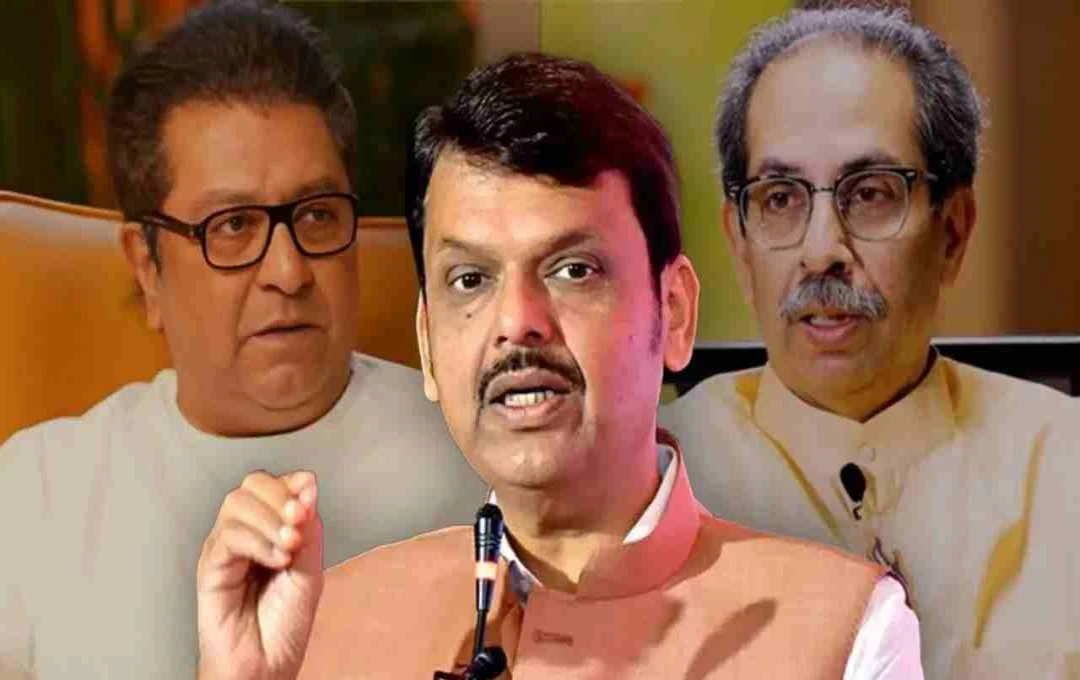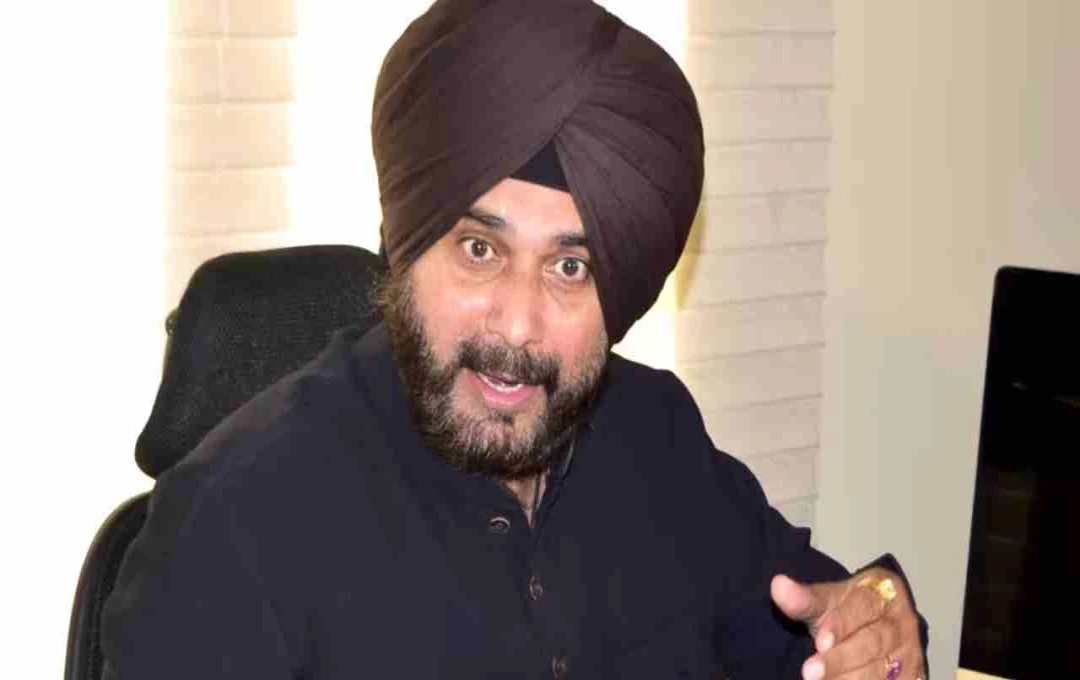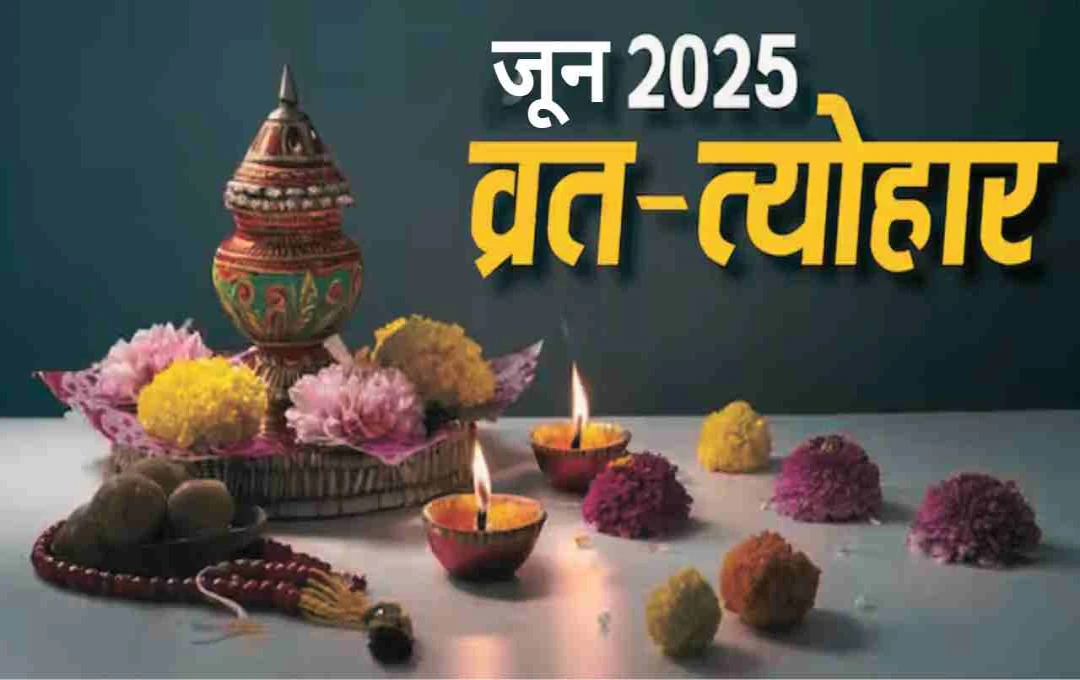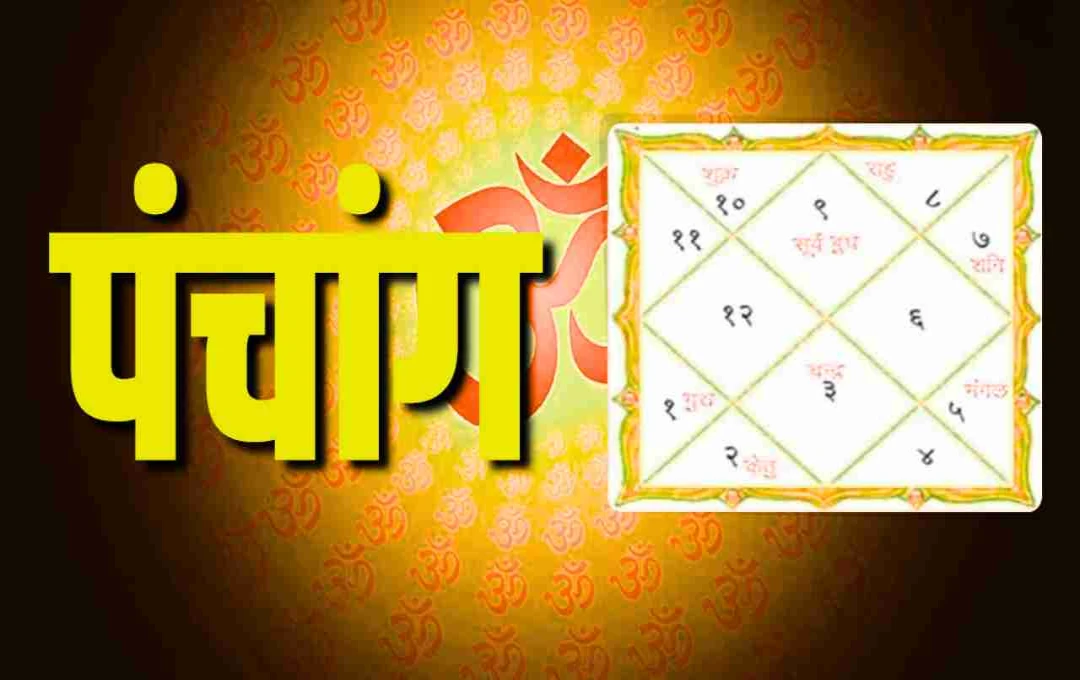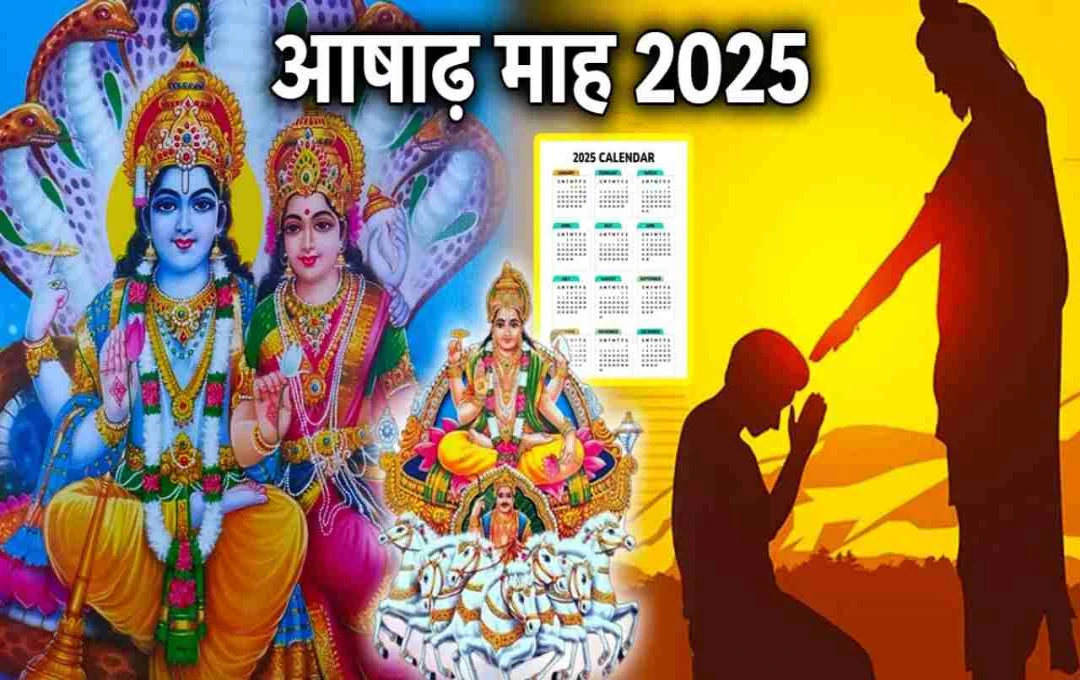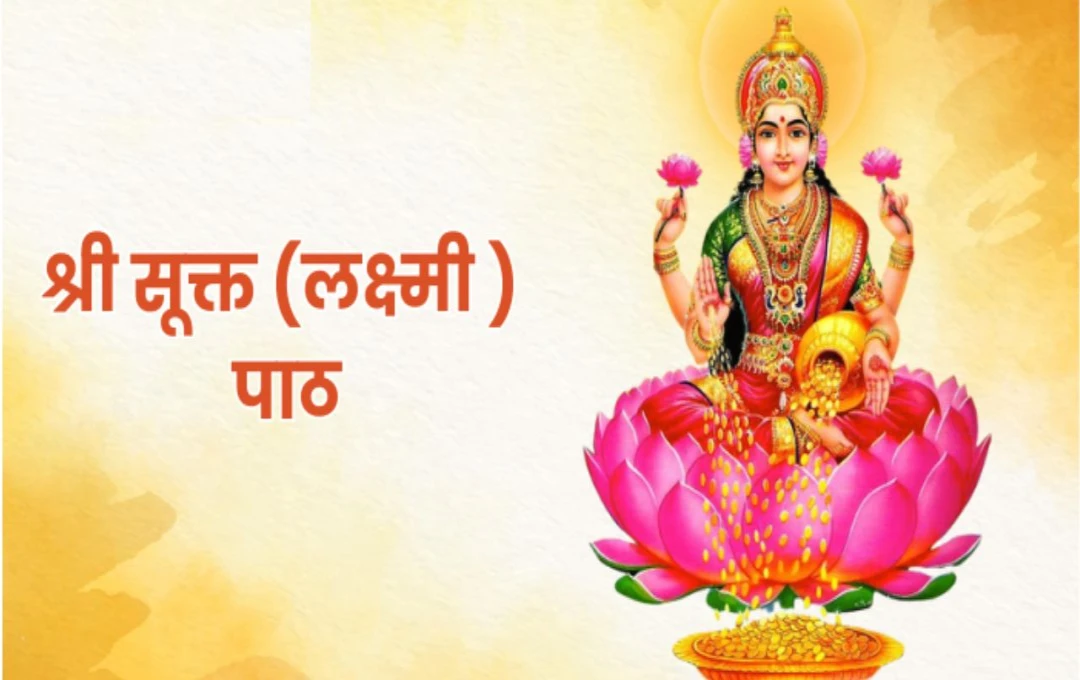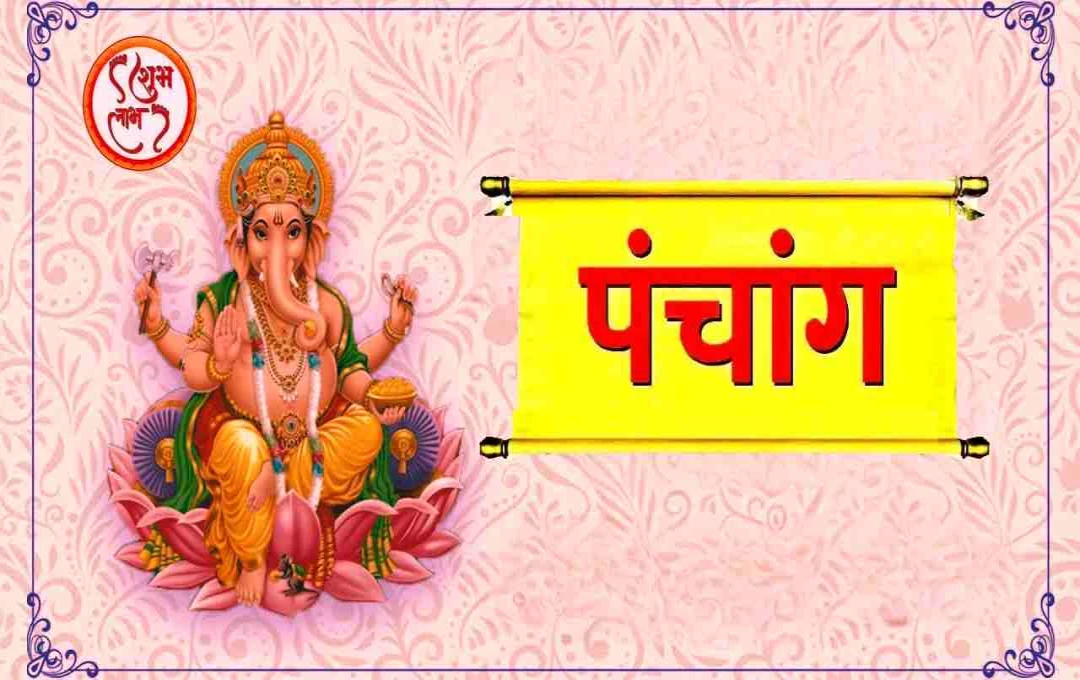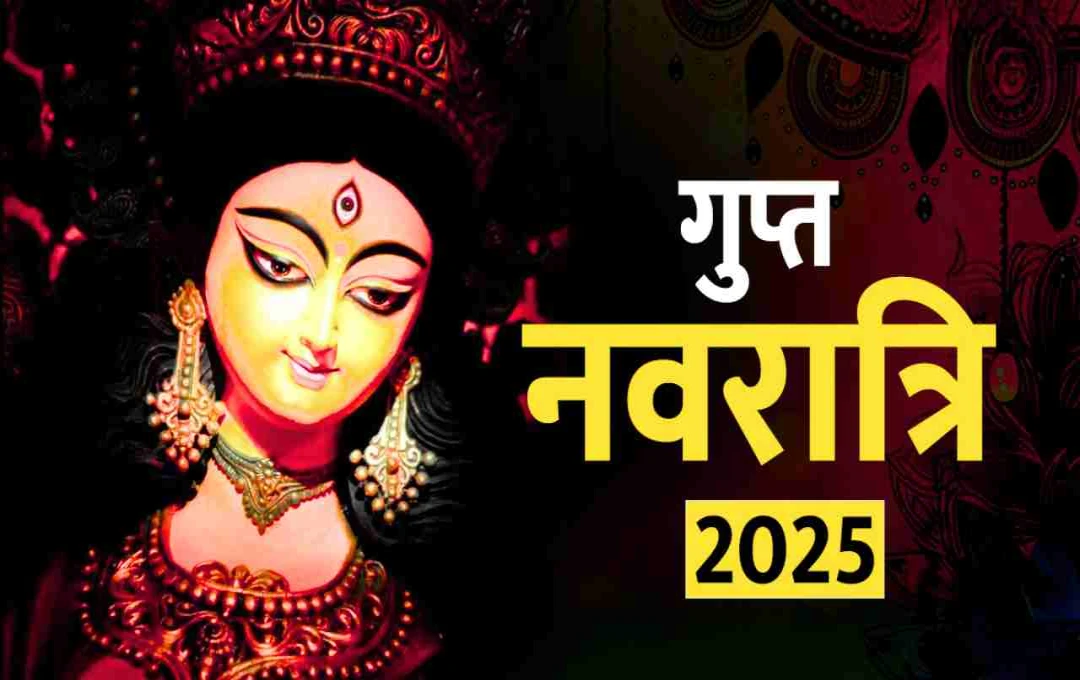The grand Jagannath Rath Yatra in Puri, Odisha, will be held on June 27th, 2025. Observed on the Dwitiya Tithi of the Shukla Paksha in the Ashadha month, this yatra is not merely a religious festival but a symbol of devotion, tradition, and cultural faith. The event involves many ancient and unique rituals, one of which is the sweeping of the chariot route with a golden broom.
The Tradition of Cleaning with a Golden Broom
Before the Rath Yatra, the path traversed by the chariots of the deities is cleaned by the Gajapati King of Puri himself. This is no ordinary broom; it has a golden handle. The ritual is locally known as ‘Chhera Pahara’.
The Gajapati King, barefoot and with bowed head, sweeps around the chariots and sprinkles water. This tradition signifies the equality of all before God – whether king or common devotee.
Religious Significance: Why a Golden Broom?
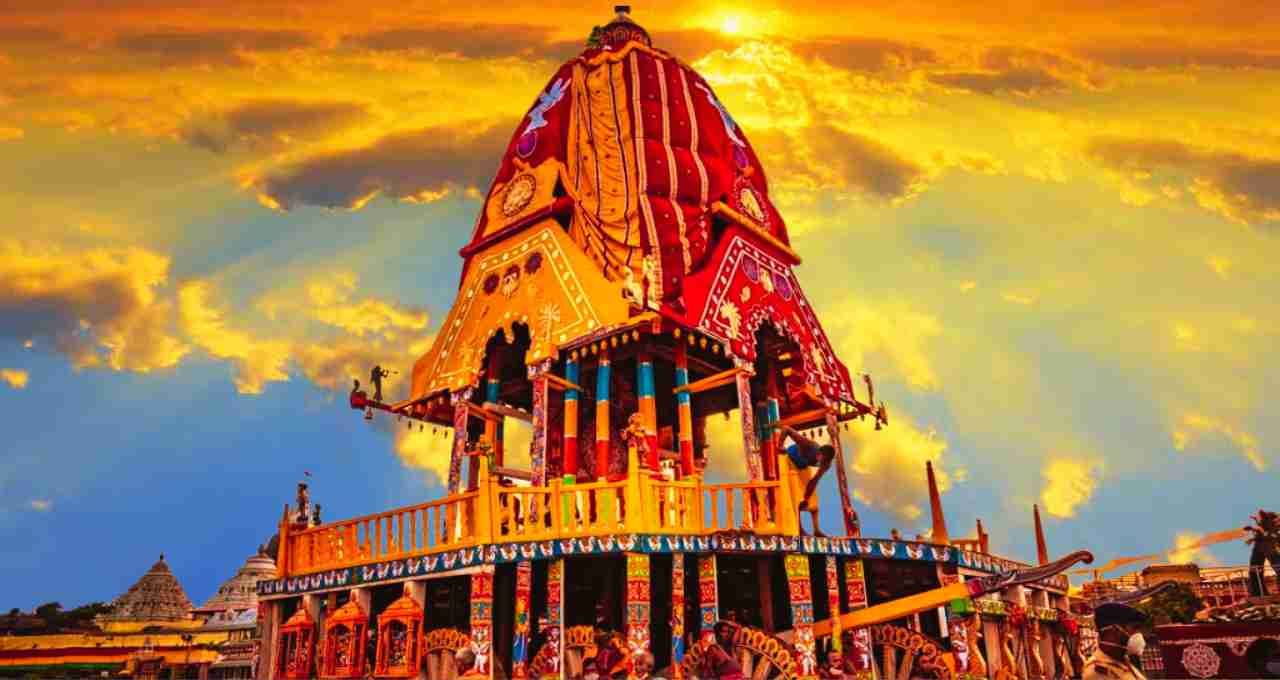
Gold has always been considered an auspicious, pure, and powerful metal in Indian culture. Using a golden broom to clean the chariot path symbolizes the devotees' supreme reverence for the deities.
- Symbol of Purity: Gold is considered a pure metal and is predominantly used in the worship of deities.
- Highest Level of Devotion: The King personally sweeping with a golden broom signifies the devotees offering their most precious possession to their deity.
- Social Message: The act of cleaning by a king demonstrates the equality of all before God. It teaches lessons of equality, service, and humility.
Historical Aspect of the Chhera Pahara Ritual
The Chhera Pahara tradition has been followed for centuries, dating back to the reign of the Gajapati dynasty in Odisha. It is believed that performing this ritual earns the Gajapati King merit, and he considers himself a servant of the Lord.
Even today, this tradition is observed with utmost respect and adherence to established rules. The Gajapati Maharaja wears traditional attire and, with the assistance of temple servants, cleans the chariot route.
Main Attractions of the Rath Yatra
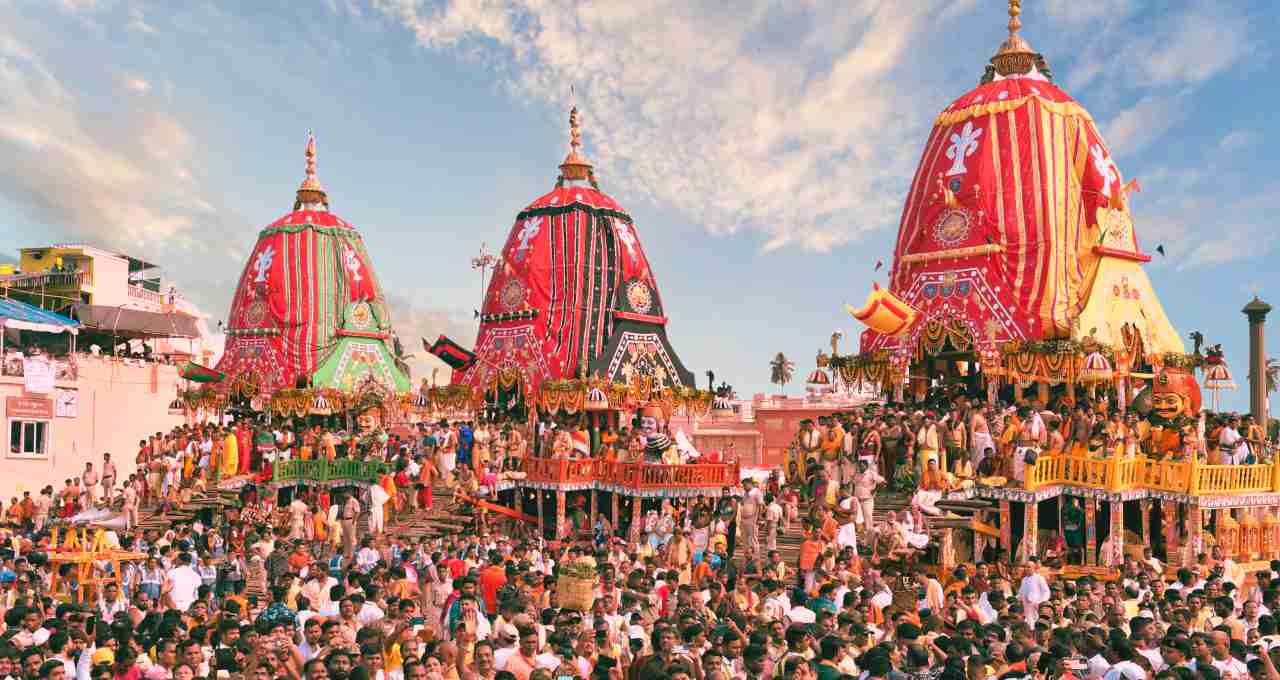
- Grand Procession of Three Chariots – Devotees pull the massive chariots of Lord Jagannath (Nandighosh Rath), Balabhadra (Taladhwaj Rath), and Subhadra (Darpadalana Rath).
- Centuries-Old Traditions – Including Chhera Pahara, the chariot construction process, and the chanting of Vedic mantras.
- Devotees from Hundreds of Kilometers – Millions of devotees from across India and abroad participate in the yatra.
- Convergence of Devotion and Festivity – The city's atmosphere is completely imbued with religious fervor during the yatra.
Significance of the Gundicha Temple
Located about 3 kilometers from Puri, the Gundicha Temple is a crucial part of the Jagannath Rath Yatra. Lord Jagannath, Balabhadra, and Subhadra rest in this temple for seven days during the yatra. This temple is considered the maternal home of Lord Jagannath, making this stay particularly sacred and significant. After seven days, the deities return to their main temple, a journey called "Bahuda Yatra." This entire tradition is deeply rooted in devotion and faith for the devotees.
The Jagannath Rath Yatra is not just a religious journey; it's a vibrant example of Indian culture, tradition, and devotion. Traditions like sweeping the path with a golden broom teach that purity of mind, body, and soul is essential to attain divinity, and cleansing the Lord's path is essentially purifying one's inner self.


